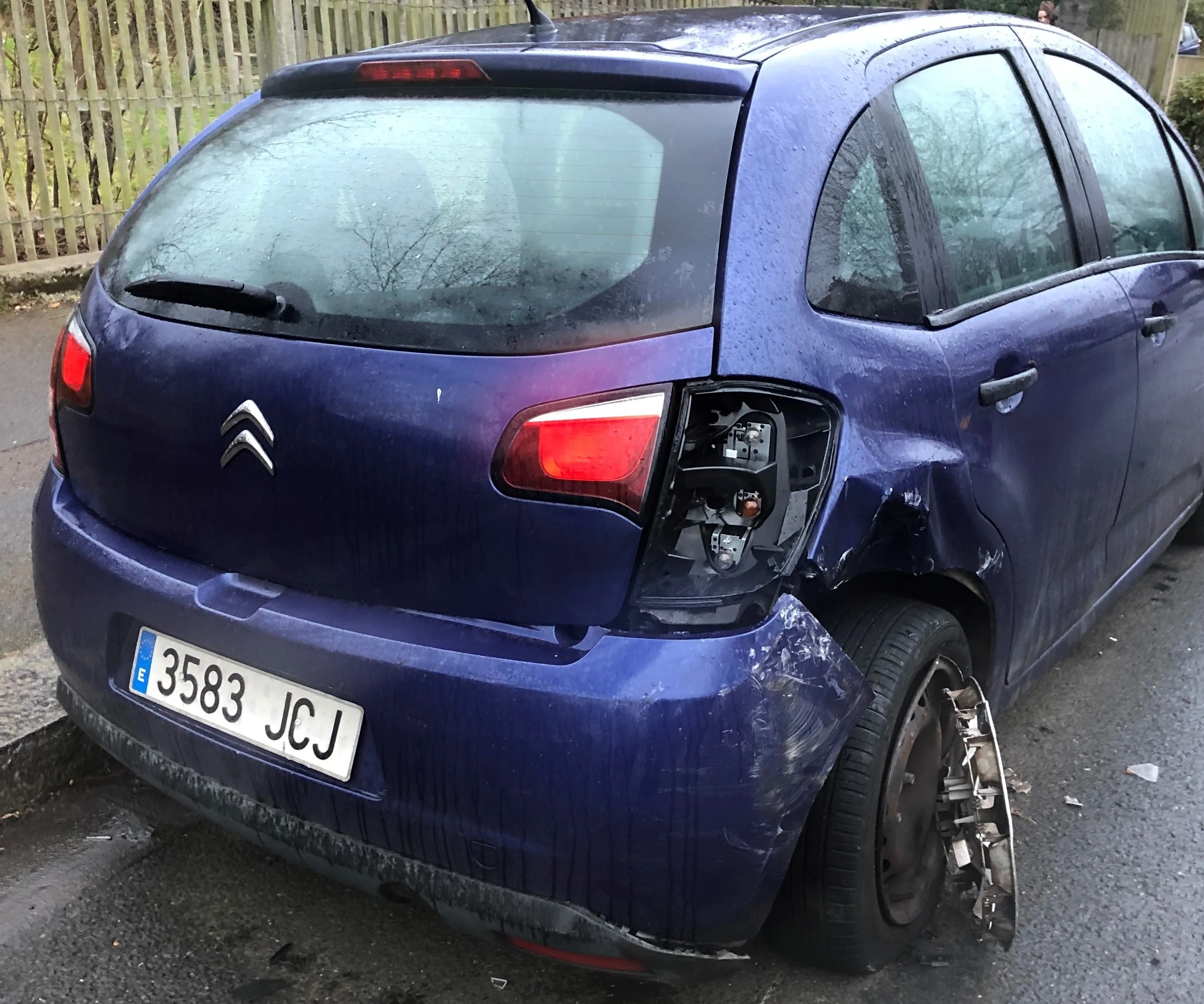New
The European Parliament’s Transport committee voted to approve an update to rules governing road infrastructure safety management. The existing requirements ensure governments carry out regular road safety audits, identify high-risk sites and prioritise safety when building new roads. However, the rules only apply to major European roads known collectively as the Trans-European Transport Network (TEN-T).
The European Commission proposed an update that would extend the rules to all motorways, all “primary roads” and all non-urban roads that receive EU funding. ETSC and other organisations have been calling for all main urban and rural roads to be included as well, because more people die in collisions on these types of roads than on motorways.
The backing of the Commission’s proposal to cover primary roads offers higher potential safety benefits than that of the EU Member State transport ministers.
The European Commission also proposed that performance standards for road signs and road markings across Europe should be developed. A high standard and consistency of road signs and road markings across Europe could be an important issue for higher levels of automation, when cars increasingly take away control from the driver under certain circumstances.
Minimum road safety requirements for vulnerable road users such as pedestrians and cyclists are also being proposed. The existing legislation, which mainly covers motorways, does not make special provision for these groups.
The final shape of the rules will only be decided following a vote by the full European Parliament and final negotiations with transport ministers.
The Transport committee also voted in support of a package of new vehicle safety measures. The update to the EU’s General Safety Regulation for motor vehicles includes a number of new mandatory technologies such as Automated Emergency Braking (AEB) and an overridable form of Intelligent Speed Assistance (ISA), to help drivers keep within the speed limit.
In addition t eCall, an automated emergency calling system fitted to all new cars and vans in the EU, looks likely to be fitted to lorries and buses in the future.
Safer roads and vehicles with new European standard
New EU rules covering road infrastructure safety and minimum vehicle safety have been given approval in the European Parliament. The European Transport Safety Council (ETSC) is now calling for the EU to reach a final deal on both pieces of legislation.
The European Parliament’s Transport committee voted to approve an update to rules governing road infrastructure safety management. The existing requirements ensure governments carry out regular road safety audits, identify high-risk sites and prioritise s
January 11, 2019
Read time: 3 mins






